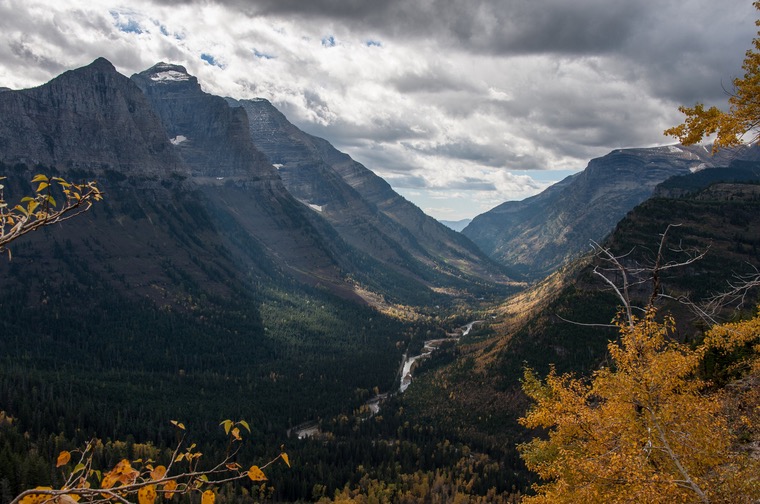
Glacier National Park is perhaps one of the best places in America to witness the impact that global warming is having on the delicate ecosystems of the world. Once lined with over 150 glaciers, the park only features about 25 glaciers today, and fears abound that even that number may be rapidly declining.
Even more concerning still, many estimates have the park’s glaciers totally disappearing in the next 30 years.
Such catastrophic events would mean not only bad news for humans who come to the park to enjoy its natural beauty and stunning views. The loss of Glacier National Park’s glaciers would have wide-ranging effects on insects, wildlife, and ultimately, many people who have never even visited the park.
Global Warming Effects in Glacier National Park
The signs of global warming taking place in Glacier National Park are, frankly, undeniable. Not only have the vast majority of the glaciers that existed a century ago ceased to exist, but the remaining glaciers are all steadily melting and retreating.
Many streams in the area, dependent on the glaciers’ snowmelt, are reaching peak spring flows much earlier than in the past, and are drying up much earlier in the summer than they used to. Such drastic changes threaten the life of fish and insects; the Bull Trout, for example, used to be ubiquitous, but recent declines in populations have forced them into protected status in the park. As you might have read about here, the rare Stonefly is also facing extinction due to climate change.
But these impacts go beyond the park’s native species, too. Glaciers are essentially large, frozen reservoirs that supply much of the freshwater rivers and streams in the arid, Western USA, and as they continue to melt to the point of disappearing completely, many water supplies will ultimately be threatened. Some of the major water supplies for some of the biggest cities in the USA are dependent on snow runoff from glaciers and permafrost to thrive.
The problem is not just unique to Glacier National Park, either. Across the entirety of the American West – from the Cascades of Washington to the Colorado Rockies – winters are getting warmer and shorter. This troubling development has been steadily increasing since 1980, with the last “freezing” day of the year occurring, on average, about three weeks earlier than it used to a century ago. This phenomenon pushes what used to be a drawn-out summer melting process into a much shorter summer time frame, exhausting the summer’s water supplies from runoff much more quickly.
Scientists fear that if this pattern continues, water supplies in major rivers like the mighty Colorado could drop by 10-30% by 2050, spelling trouble for much of the west.
Global Warming Solutions – What Can We Do?
So what do we do?
Unfortunately, there is no easy answer. The ball is already rapidly rolling towards the point of glacial extinction, and it may be too late to reverse the damage. While not all of the meteorological effects of global warming are manmade, the spike in temperatures since 1980 corresponds to overpopulation and prevalence of automobiles and other greenhouse-gas-producing machinery worldwide.
So in the meantime, our best bet seems to be to study the effects of global warming as much as possible, to see if we can learn more about how to mitigate these catastrophic effects before they become even bigger problems.
No single person can solve the global warming crisis, but by educating ourselves and making small-scale changes, collectively we may be able to preserve treasures like Glacier National Park. After all, the benefits provided by these natural wonders are oftentimes much more than just aesthetic – they may be vital for human survival.











[…] we’ve discussed before, global warming is a major issue facing Glacier National Park, and every warm winter further threatens the park’s wildlife, plant life, and even the […]